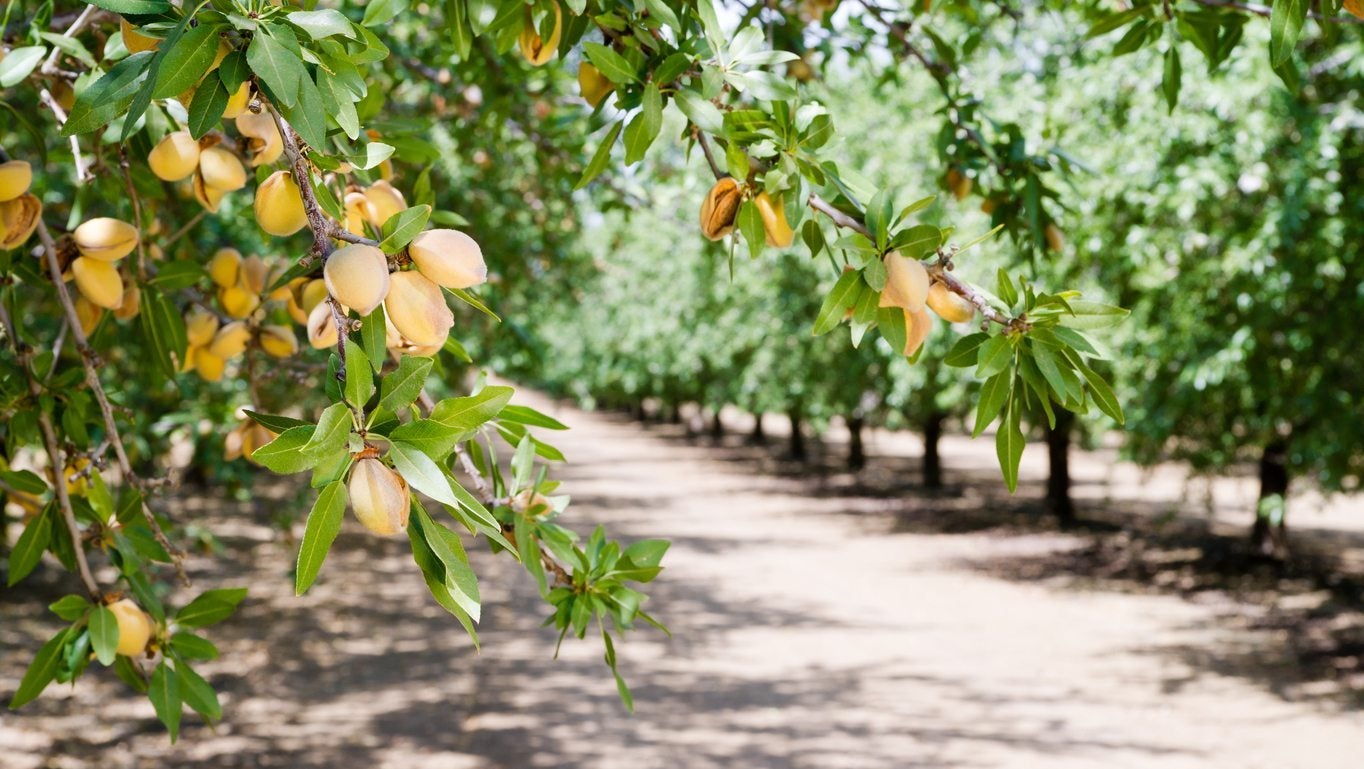Almond Tree Cultivars: What Are The Best Varieties Of Almond


If you are planting almond trees, you will have to select among many different almond trees and almond tree cultivars. Your choice will have to take into account a variety of factors. Read on for information about types of almond trees.
Varieties of Almond
For those growing almond tree varieties commercially, the considerations for selecting trees include the size and quality of the nut harvest. As a home gardener, you may be more interested in obtaining easy-care almond tree cultivars that will thrive in your climate. Although a few self-fertile varieties of almonds are available, they are not problem free. You are better off selecting compatible combinations of almond tree cultivars than individual trees. If you do research about different almond tree varieties, you’ll find dozens of types of almond trees available. They differ in aspects that are important to a gardener: time of bloom, mature size, pollen compatibility, and disease and pest resistance.
Bloom Time
Bloom time is important if you live in a cooler area. If you live on the low end of the almond tree’s hardiness range, you may want to select varieties of almond that bloom later rather than earlier. This prevents loss of flowers to late frost. Late-blooming almonds include:
- Livingston
- Mission
- Mono
- Padre
- Ruby
- Thompson
- Planada
- Ripon
Generally, almond trees thrive in U.S. Department of Agriculture plant hardiness zones 5 through 9. However, this is not true of all almond tree cultivars, so carefully check the zones of whichever almond tree cultivars you select.
Pollen Compatibility
Assuming you plan to get two almond tree varieties to pollinate each other, you need to be sure that their pollen is compatible. Not all are. When you buy two or more trees, you want to be sure that their blooming period overlaps. Otherwise, they cannot pollinate each other if they don’t bloom at the same time even if the pollen is compatible.
Sizes of Different Almond Trees
Size of almond trees can be a critical consideration in a small garden. The mature size of trees can range from 12 feet (4 m.) to 20 feet (6 m.) high and wide, depending on the type of almond grown. Carmel is one of the smaller varieties and doesn’t spread as wide as it is tall. Monterey is short but spreading.
Sign up for the Gardening Know How newsletter today and receive a free copy of our e-book "How to Grow Delicious Tomatoes".

Teo Spengler is a master gardener and a docent at the San Francisco Botanical Garden, where she hosts public tours. She has studied horticulture and written about nature, trees, plants, and gardening for more than two decades, following a career as an attorney and legal writer. Her extended family includes some 30 houseplants and hundreds of outdoor plants, including 250 trees, which are her main passion. Spengler currently splits her life between San Francisco and the French Basque Country, though she was raised in Alaska, giving her experience of gardening in a range of climates.